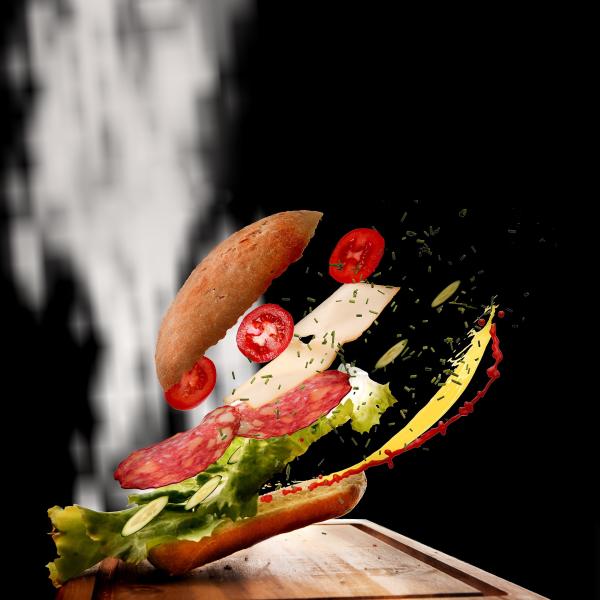Let’s start with the four components:
- Energy density – the number of calories per gram; candy and dried fruit are calorie dense, celery not so much. The more calorie-dense food you eat per volume, the more calories you take in.
- Speed of eating – our bodies signal that we are full, but that usually takes about 20 minutes for the signal to develop fully. The faster you eat, the more you can pack in before your body says "enough."
- Percentage of protein – protein is one of the more robust means of signaling satiety, far stronger than iso-caloric amounts of fats or carbohydrates.
- Hyper-palatability – “foods that have substantial deviations from their naturally occurring forms, and these deviations are designed to maximize a food’s rewarding properties during consumption.”
Hyper-palatability
We would be remiss if we didn’t explore this term further. First, the author developed the definition to describe a form of food. While “food modification is not inherently problematic,” hyper-palatable foods include the presence of more than one “palatability-inducing nutrient” in combinations and amounts not found in raw foods. Additionally, the natural habituation we experience as we eat, that the food is less and less enjoyable, is subverted by these hyper-palatable foods, and satiety is delayed. The problem is that the “highly rewarding eating experience” delays physiologic satiety, and we take in more calories. Most of the cultural touchstones of cuisine, from chicken soup to coq au vin, made at home or purchased from a store or restaurant, would be considered in this category. So it is difficult, at least for me, to characterize these foods as other than really tasty.
The current report is a secondary analysis, meaning it was not the primary outcome of concern, of 35 individuals fed three meals daily for 28 days in an in-patient setting. The study was designed to look at ultra-processed foods – a similar but not identical definition as the hyper-palatability offered by the researchers of the study we are discussing. Here are some of their findings:
- Energy density and hyper-palatability were the strongest drivers of calorie consumption. But the impact of energy density was greater for meals with fewer hyper-palatability components, conversely, the hyper-palatability effect was more significant for meals with less energy density.
- Energy density, eating rate, and hyper-palatability increased calories consumed across all the diets tested (processed, unprocessed, low-fat, or low-carbohydrate).
- Higher amounts of protein eaten at the previous meal resulted in more calories being taken in at the next meal, with all of the diets tested except for the ultra-processed (hyper-palatable) diet, where subsequent calories were less. Protein did not have the anticipated impact on satiety/
- Meals with higher energy density, percentage of protein, and hyper-palatability were eaten more quickly.
As is often the case, processed foods, now called hyper-palatable foods, have a more complex relationship to our calorie consumption than the narrative that Big Food’s “cheap industrial sources of dietary energy and nutrients … containing minimal whole foods” are responsible for our growing waistlines. They play a role, as does the energy density and rate at which we consume foods. Perhaps we might lose a bit of weight if we stopped eating rapidly “on the go” and sat down for a family dinner.
As with most dietary studies, a few degrees of uncertainty must be added. First, correlation is not causality, especially in a secondary analysis. Second, the NIH study that was the basis of this secondary analysis allowed for water and snacks during the day. These additional calories and the water that promotes stomach fullness and, therefore, satiety are not accounted for in this communication.
Source: Ad libitum meal energy intake is positively influenced by energy density, eating rate and hyper-palatable food across four dietary patterns Nature Food DOI: 10.1038/s43016-022-00688-4




